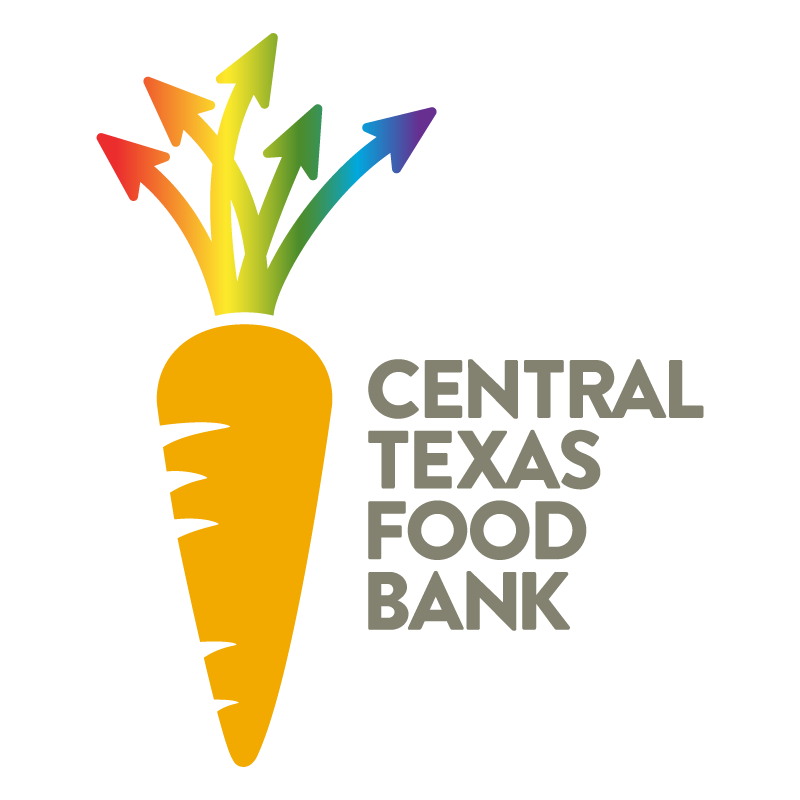Hunger advocates are painfully aware that ensuring the food stamp program remains an effective resource for Americans is an ongoing effort. It’s not just when the program is authorized every four years during the Farm Bill that the program becomes a target; each step in the federal budget process is a minefield.
You can learn more about the federal budgeting process in this easy-to-understand and brief video:
President Barack Obama released his budget on Feb. 2, and now, Congress is working on the FY 2016 Budget Resolution which sets spending levels for federal agencies.
So, once again, the House Budget committee revealed its budget on Tuesday that calls for SNAP to be turned into completely state-run programs funded with a sum of money (known as block granting) and reduced SNAP outreach. While there isn’t an outright dollar amount slashed in the SNAP budget (yet), the budget estimates more than $1 trillion in cuts to entitlement programs, which would most likely include SNAP.
Now is an excellent time to remind legislators that SNAP is one of the nation’s most successful programs, working as it should by helping families eat a healthy varied diet on the most limited of budgets. Enrollment is already on the decline, as expected when the economy and wages improve. Errors in payments are at its lowest levels and “trafficking” - selling benefits for cash, goods or services – is only one percent, according to the Government Accountability Office, which assesses programs for risk of fraud and abuse and ranks them. Not surprisingly, SNAP doesn’t make the list.
Contact your members of Congress, and urge them not to assign cuts to the Agriculture committee that would result in cuts to SNAP or restructure to the program. Be sure to share hunger facts about your community which you can find in our resource area. When it comes to balancing budgets, tough choices should also be smart choices. Protecting SNAP isn’t just smart, it’s the moral choice affecting primarily children, seniors and people unable to work.






